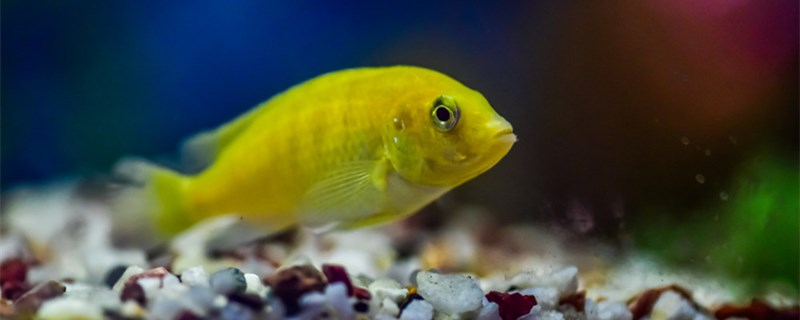
Cement fish pond bottom spread sand and soil can be, cement fish pond is water leakage, so it is best to spread things at the bottom, the general thickness of about 10 cm. Sand or soil at the bottom can not only avoid leakage, but also facilitate the rooting and growth of aquatic plants, which can better maintain water quality and help the health of fish.
1. Disinfection: After the new cement fish pond is built, the first thing to do is disinfection. General disinfection with bleaching powder or quicklime, the first pool of water, and then the whole pool of disinfectant sprinkle, pay attention to good dosage. Usually soak for a period of time, then empty the water, and rinse with clean water, and then release the fish for about a week.
2. Pour vinegar: In addition to disinfection, you also need to pour vinegar into the fish pond. This is because the alkalinity of the cement pond itself is too high. You need to lower the pH to raise fish. You can pour a bottle of white vinegar into the fish pond every day, usually for about a week. It can also be soaked in glacial acetic acid for 5-7 days, then washed again and added with new water.
3. Raising water: No matter what kind of pond you use to raise fish, you must first raise the water well. Whether the water is good or not determines the health of the fish. If the fish pond is not big, you can use tap water for feeding, put the water in, let it stand for a few days, and then put the fish after the residual chlorine dissipates. If the fish pond is relatively large, you can consider using water from nearby lakes or rivers, but you must check in advance to see if it is suitable for fish farming.